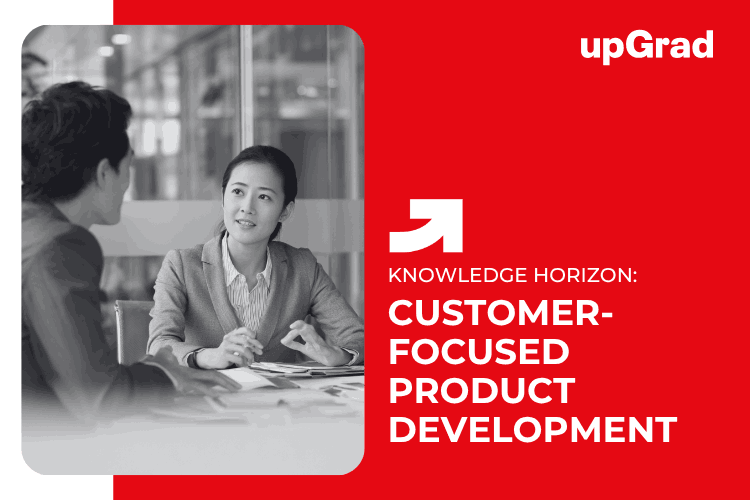In today’s highly competitive and dynamic marketplace, product success hinges on one key factor: truly understanding customer needs and designing your offerings around them. As user feedback shows, developing products in a customer-centric way leads to higher adoption, satisfaction, and loyalty down the line. This article will explore best practices for putting the customer front and centre throughout product development.
Conduct Extensive Market Research to Identify Gaps and Opportunities
Market research provides vital insights into customers’ unmet needs and areas where solutions fall short. Some tips:
- Conduct surveys, interviews, and focus groups. Listen to the customer’s voice directly. What frustrations and pain points do they experience? What gets them excited?
- Gather quantitative data around usage and behavior through analytics. What features get used the most/least? Where do users drop off?
- Analyze competitors. How can you differentiate yourself? Which segments are underserved? Look for white space opportunities.
Armed with rich market research, you can identify the enormous customer-centric product opportunities that make strategic sense for the business.
Map the End-to-End Customer Journey to Pinpoint Moments that Matter
The customer journey spans awareness, consideration, purchase, onboarding/implementation, regular use, support interactions, renewals, upsells, etc. Plot out all the significant touchpoints and take an inventory of pain points and delight moments.
Look for inconsistencies between actual behavior vs stated preferences. The key moments that matter most to customers likely differ from your assumptions. Pay special attention to onboarding and support – negative experiences here lead to quick churn. Journey mapping illuminates areas to double down on for customer-centric development.
Listen to Early Adopters Post-Launch and Continue Refining
The initial product launch marks the beginning of a new phase of learning, not the end state. Early adopters provide a treasure trove of feedback that further hones the customer-centricity of your offering. Some tips:
- Closely track usage metrics to see which features get adopted and where people disengage.
- Proactively reach out for interviews and feedback surveys.
- Run user groups and community forums to exchange ideas.
- Keep simplifying and enhancing the onboarding experience.
- Identify areas of friction through support tickets and refine help documentation.
The post-launch period represents a pivotal window to win over Promoters (and lose Detractors) based on their real-world experience. Ongoing customer-centric development pays enormous dividends.
Conclusion
Neglecting the customer perspective during product development almost guarantees subpar results upon launch. However, companies that continually listen to and learn from users—while mapping journeys to walk in their shoes—reap the rewards over time through higher adoption, satisfaction, and referrals. They end up building emotional connections, not just functional apps or websites. By following the best practices outlined above for ongoing, customer-centric digital transformation, any organization can become more user-focused, too.
FAQs
1. What are some key benefits of customer-centric product development?
Key benefits include higher product-market fit, increased user adoption and retention, improved customer satisfaction and loyalty, more word-of-mouth promotion and referrals, and, ultimately, faster business growth.
2. When should you start involving users – early or late in product development?
Start involving real users from the beginning stages of creativity and discovery. Continue gathering user feedback throughout build cycles and post-launch. It’s an ongoing process.
3. What methods work well for gathering customer insights?
Excellent methods include surveys, interviews, focus groups, user testing, community forums, in-product analytics, and support ticket analysis. Apply both quantitative data and qualitative human feedback.
4. How much should you rely on analytics vs human feedback?
Find the right balance between usage analytics and human interactions. Analytics provide scale, while interviews and focus groups offer nuanced qualitative insights. Leverage the strengths of both.
5. How do I know when my product is customer-centric enough?
There is no single moment. Adopting a customer-centric mindset means continually gathering feedback before, during, and after launch to iteratively refine the user experience. User reactions will reflect how customer-centric your product truly feels.









